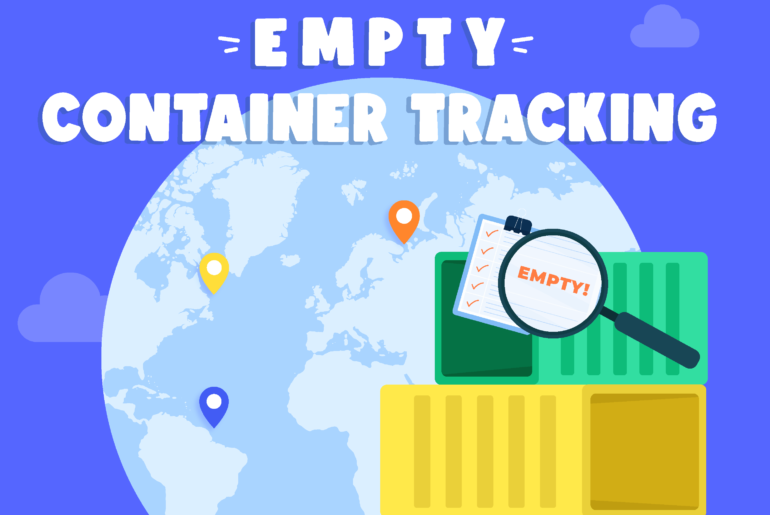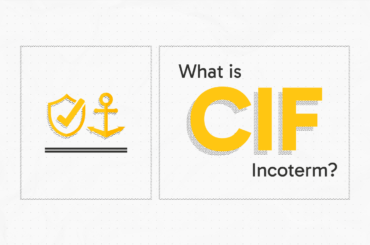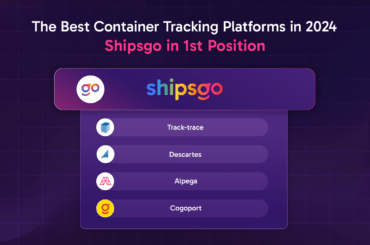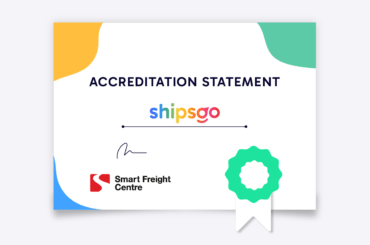What is Empty Container Repositioning?
If you’ve been involved in container shipping or have shipped products worldwide, you’ve probably heard of the concept of empty container repositioning. You can define repositioning for empty shipping containers to move them to where they need to be loaded with cargo. The container needed to be transported to the places where containers ran out. This process can be a cost, time, and efficiency nightmare for a shipper. It is also essential to understand how to handle such situations. Empty container repositioning also means an extra voyage. So, we should not ignore the environmental damage caused by each transport. Container ships are one of the biggest responsible for CO2 and derivative gases released into the atmosphere and water pollution.

The Reasons for Empty Container Repositioning
The main reason for carrying empty containers to other locations is a lack of container flow due to container management problems. The paucity of container management can get containers stuck in certain locations, driving issues in container supply and demand. Consequently, stuck containers create a container shortage in some areas and an excess of empty containers in others that require repositioning containers to redistribute them where needed.
Shipping companies and carriers try to balance the number of containers transported to a location with the number of empty containers returning from that area. However, due to various factors, such as changes in demand, fluctuations in global trade, or imbalances in trade routes, containers can stop at the wrong place at the wrong time. The right amount of containers should be transported from the surplus area to the region with a shortage of containers so that the right number of containers are available where they are needed.
Empty Container Tracking
Most shipping companies prefer to use empty container tracking platforms to monitor and manage container flows and cease the need for repositioning. These platforms are the biggest helpers of shipping companies because they eliminate a huge question mark; Where are my containers? In ShipsGo, you can track your containers at any time with the bill of lading, container, or booking number, regardless of whether the containers are full or empty. By monitoring the location and movement of empty containers, ShipsGo enables companies to make better decisions about where to allocate and when to relocate containers.

Empty Container Return Tracking with ShipsGo
An empty container return means returning an emptied shipping container to the responsible party. Once the vessel arrives at its destination and the container has been unloaded at its final point, it may need to be returned empty to its origin in order to be available for further use. Let’s say a container is going from Shanghai to Long Beach. It loaded in Shanghai and then arrived in Long Beach. The container was discharged and handed over to its owner. We call this date “Empty Return” and share this information with you. You can review all carriers for which ShipsGo provides empty return information.
MSC empty return refers to returning your MSC containers after you unload the cargo inside at the destination point. ShipsGo shows you the empty return dates of your MSC containers, as well as the many other carriers’ containers. You can be charged if this unloading process and returning the empty container exceeds the duration that the assigned terminal and depot give. It’s called detention cost. Track your MSC Shipments.
*We recommend that you review MSC terms and conditions
Empty Container Return and Detention Cost
The empty containers must be returned to the place designated by the related carrier in accordance with the company’s terms and conditions. Otherwise, detention costs will be charged. It refers to compensation paid for an emptied container spent waiting at the terminal or outside beyond the allotted free time. Detention pay is typically paid per hour and can vary depending on the carrier and the shipment being transported. As the detention conditions may vary, you should read the carriers’ and ports’ terms and conditions before loading your shipments.
Briefly, while imports and exports around the world are on such an increase, the need for containers arises. The transportation of the containers that have completed their task and emptied to the places where they are needed takes a lot of cost and time, but it is vital for world trade. The traceability of these containers will provide operational comfort and benefit. At this point, you can either track empty containers as it is the same tracking method with full containers, with BL, container or booking number, and empty container return dates in ShipsGo.





